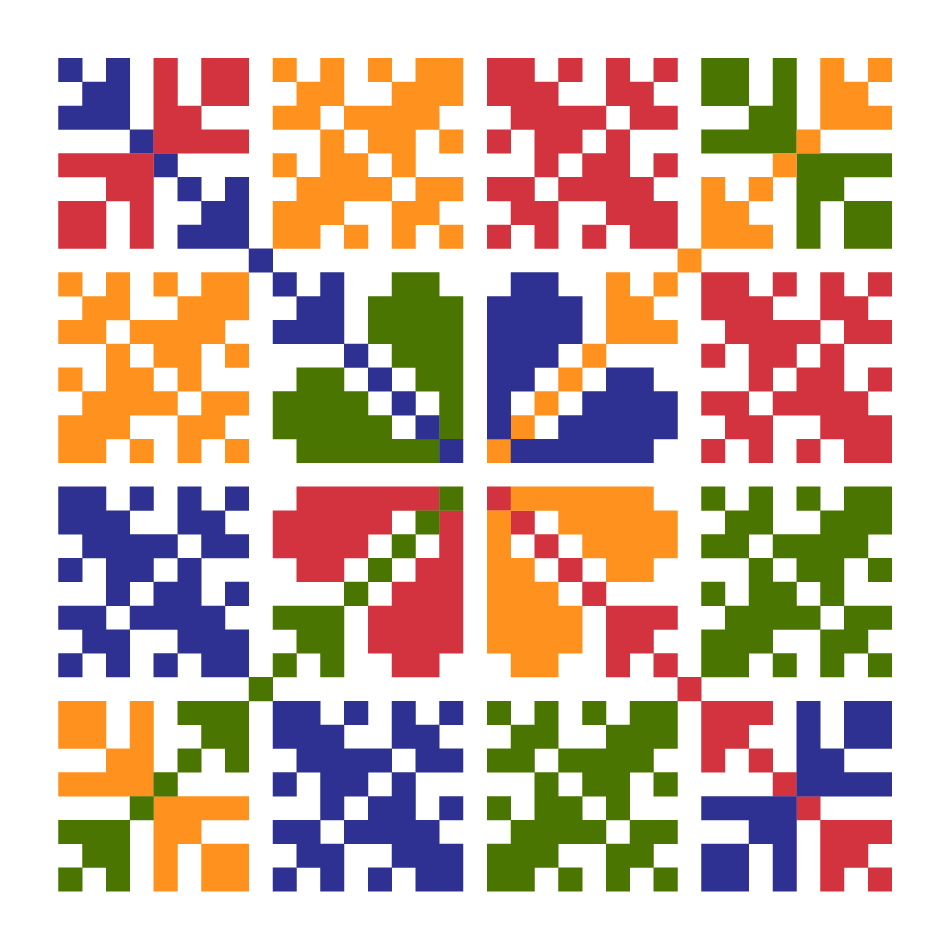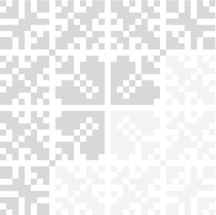C1 M1 L5 Grammar
1 | Modul 1: Gramatika
Moje ime je Bond, James Bond
1 | 1 | Lekcija 5: Broj telefona
| Asking and Answering Questions About Ownership
Singular Forms
What is your phone number / address?
When you want to ask someone for their phone number or address, you will need to use the form of koji in the appropriate grammatical gender. Let’s look at the following two examples.
Koji je tvoj broj? (What is your [phone] number?) | |
Koja je tvoja adresa? (What is your address?) |
Both of these questions use a form of koji, but in two different gender forms. The reason for this is because of the noun koji refers to.
Koji je tvoj broj? -- In this sentence we need to use the masculine gender because we are asking about “broj” which itself is masculine. | |
Koja je tvoja adresa? -- In this sentence we need to use the feminine gender because we are asking about “adresa” which itself is feminine. |
This is just an introduction to the question form KOJI. We will learn more about this in the future. For now we shall only focus on the masuline and feminine singular forms.
Whose is it?
Most likely, when you want to answer the question - Whose is this? - you will use a possessive pronoun (my, your, his, her, etc.) or someone’s name in your answer. We are still far away from using names in this type of answer, so we will just focus on answering the question “whose,” by using a possessive pronoun. For now, we will only look at the singular forms indicating – my, your, his, and her. Remember that each possessive pronoun has to be the same gender of the thing it refers to. See an example below.
masculine singular | Moj stol. (My table.) We use “moj” because the noun “stol” is masculine. |
feminine singular | Moja knjiga. (My book.) We use “moja” because the noun “knjiga” is feminine. |
neuter singular | Moje ogledalo. (My mirror.) We use “moje” because the noun “ogledalo” is neuter. |
Regardless of the gender of the speaker, or the person to whom something belongs, the possessive pronoun has to have the same grammatical gender of the thing it describes or refers to. Examine the chart below. Each possessive pronoun is given in all three genders below the corresponding personal pronoun. They are shown in the singular form, meaning they are used with singular nouns (my car, your computer, his room). Note, the personal pronouns themselves are also singular, meaning they refer to a single person.
Note: This is something that we will be working on throughout the semester. It is not necessary to memorize them all now, but you will see a pattern between possessive pronouns and the nouns they agree with. Thus, it will become easy to use them. All possessive pronouns have almost the same ending form as the noun they agree with.
Here are some examples and how they agree with a masculine or feminine noun that follows:
singular | ja | ti | on | ona |
masculine | Moj mobitel. | Tvoj mobitel. | Njegov mobitel. | Njezin mobitel. |
feminine | Moja knjiga. | Tvoja knjiga. | Njegova knjiga. | Njezina knjiga. |
plural | ja | ti | on | ona |
masculine | Moji mobiteli. | Tvoji mobiteli. | Njegovi mobiteli. | Njezini mobiteli. |
feminine | Moje knjige. | Tvoje knjige. | Njegove knjige. | Njezine knjige. |
ja | ti | on | ona | ono |
MOJ MOJA MOJE | TVOJ TVOJA TVOJE | NJEGOV NJEGOVA NJEGOVO | NJEZIN NJEZINA NJEZINO | NJEGOV NJEGOVA NJEGOVO |
When you ask whose something is, use the question for ‘whose’ in Croatian, which for now is one of three options: čiji – čija – čije. As you can see, the question whose itself in Croatian also reflects all three genders. The reason for this is because you are asking about/referring to a certain thing, and all nouns in Croatian belong to a specific gender: masculine, feminine, or neuter. Thus, the question itself is a kind of pronoun and will agree in gender with the noun in question.
Čiji je automobil? | “Whose” has to be in the masculine form since you are referring to automobil, which is masculine. | |
Čija je knjiga? | “Whose” has to be in the feminine form since you are referring to knjiga, which is feminine. | |
Čije je ogledalo? | “Whose” has to be in the neuter form since you are referring to ogledalo, which is neuter. |
1.1 Zadatak 21. Čiji je?
How would you say that the following items are yours?
Example:
Pitanje: Čija je torba?
Odgovor: To je moja torba.
1.1 Zadatak 22. Što je ovo?
Having arrived at her apartment in Zagreb, Laura is looking around her apartment and unpacking. Provide the correct form of the possessive pronoun “my” to complete her comments.
1.1 Zadatak 23. Gdje je?
Laura is trying to find things in her luggage. Listen to the audio below to hear the first few words of the questions she asks herself as she looks for specific items. Choose the best word (both logically and grammatically) to complete each question. Choose the best word (both logically and grammatically) to complete the question.
1.1 Zadatak 24. Informacije
Read the short text about Danijel below and note the neuter form of the pronoun “my” that precedes neuter nouns.
Moje ime: Danijel Moje prezime: Jerković Moja adresa: Ulica Ivana Gundulića 10 Moja profesija: učitelj Moj hobi: tenis |
1.1 Zadatak 25. Njegov ili njezin?
Look at the picture of James and Laura in their respective bedrooms. Pay attention to what they have in their bedrooms and choose the correct answer in order to complete the sentences.
Images used in this document are from these sources.


